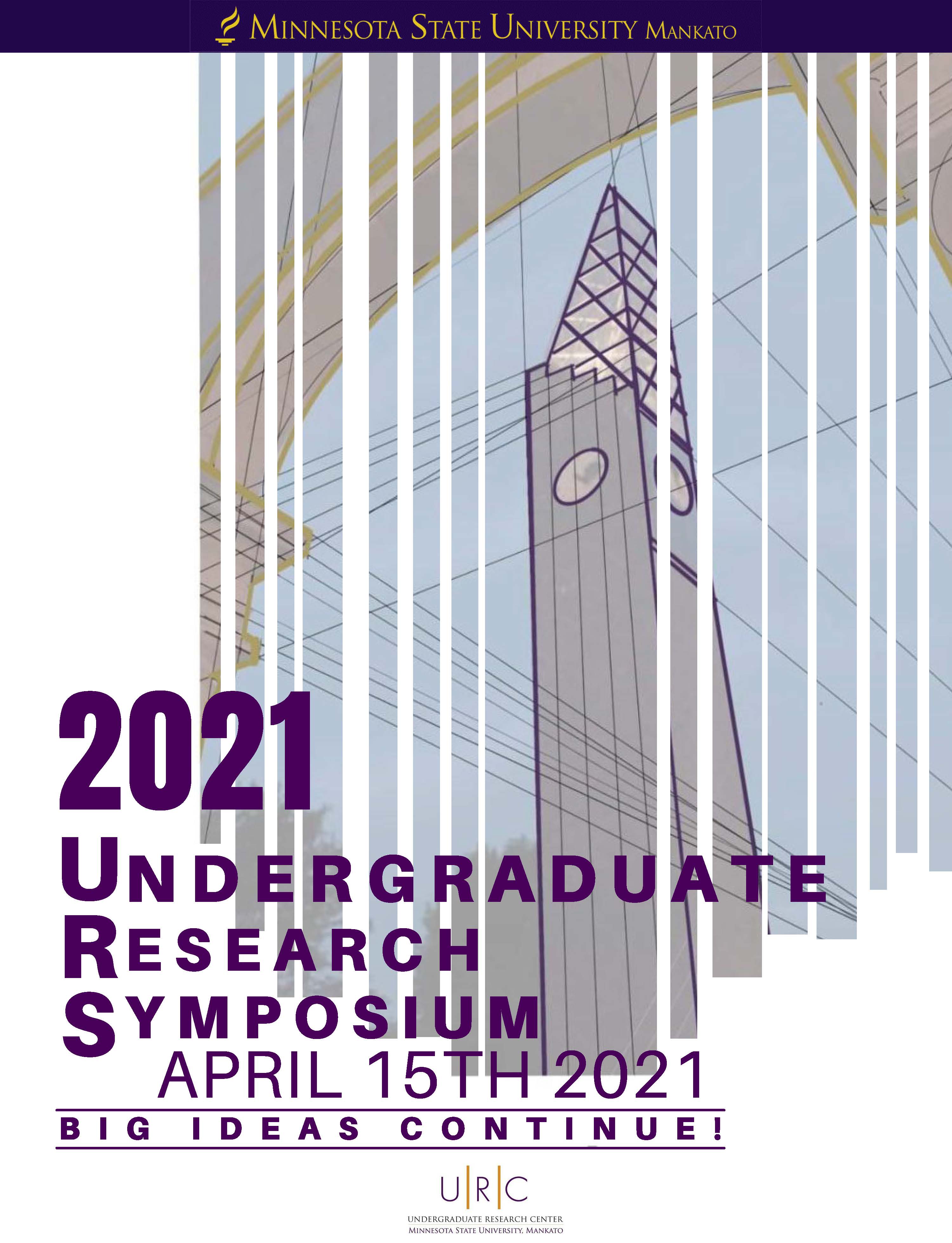Effect of Thyroid Hormone Transporters in Adrenal Cortex Remodeling
Start Date
15-4-2021 3:30 PM
End Date
15-4-2021 4:30 PM
Student's Major
Biological Sciences
Student's College
Science, Engineering and Technology
Mentor's Name
David Sharlin
Mentor's Department
Biological Sciences
Mentor's College
Science, Engineering and Technology
Description
Previous research reported that excess T3 during the peripubertal period alters adrenal gland development such that it results in the persistence of embryonic-like cells in adrenal gland of mice; suggesting T3 has role in the timing of adrenal gland development. Interestingly, it has been proposed that adrenocortical carcinoma may arises from the persistence of embryonic stem-like cells. Whether there is link between excess T3 during adrenal gland development and adrenal gland cancer later in life is unknown. A prerequisite for thyroid hormone signaling in the nucleus is the transport of T3 across the cell membrane by specific plasma membrane transporters. Two of these transporters, monocarboxylate transporter 8 (Mct8) and monocarboxylate transporter 10 (Mct10) are suggested to be expressed in the adrenal gland and thus may have functional role in adrenal gland development. Considering this, our project is testing the role transporters Mct8 and Mct10 in adrenal gland development with two main goals: (1) Document Mct8 and Mct10 expression in the development of the adrenal gland and (2) test whether thyroid hormone treatment alters this expression. To investigate our goals, we are visualizing Mct10 and Mct8 expression in control or T3 treated mice. In T3 treated animals, T3 is being provided through drinking water from postnatal (P) 21- P35. At P21 and P35 we are comparing the result of T3 exposure to untreated control mice. The Mct8 transporter is being visualized using a LacZ transporter gene that is knocked into the endogenous Mct8 gene. The Mct10 transporter is being visualized using immunofluorescence. Our initial results suggest that Mct8 is localized at the boundary between the adrenal medulla and cortex. Ongoing immune of luorescent studies are mapping Mct8 protein expression.
Effect of Thyroid Hormone Transporters in Adrenal Cortex Remodeling
Previous research reported that excess T3 during the peripubertal period alters adrenal gland development such that it results in the persistence of embryonic-like cells in adrenal gland of mice; suggesting T3 has role in the timing of adrenal gland development. Interestingly, it has been proposed that adrenocortical carcinoma may arises from the persistence of embryonic stem-like cells. Whether there is link between excess T3 during adrenal gland development and adrenal gland cancer later in life is unknown. A prerequisite for thyroid hormone signaling in the nucleus is the transport of T3 across the cell membrane by specific plasma membrane transporters. Two of these transporters, monocarboxylate transporter 8 (Mct8) and monocarboxylate transporter 10 (Mct10) are suggested to be expressed in the adrenal gland and thus may have functional role in adrenal gland development. Considering this, our project is testing the role transporters Mct8 and Mct10 in adrenal gland development with two main goals: (1) Document Mct8 and Mct10 expression in the development of the adrenal gland and (2) test whether thyroid hormone treatment alters this expression. To investigate our goals, we are visualizing Mct10 and Mct8 expression in control or T3 treated mice. In T3 treated animals, T3 is being provided through drinking water from postnatal (P) 21- P35. At P21 and P35 we are comparing the result of T3 exposure to untreated control mice. The Mct8 transporter is being visualized using a LacZ transporter gene that is knocked into the endogenous Mct8 gene. The Mct10 transporter is being visualized using immunofluorescence. Our initial results suggest that Mct8 is localized at the boundary between the adrenal medulla and cortex. Ongoing immune of luorescent studies are mapping Mct8 protein expression.



